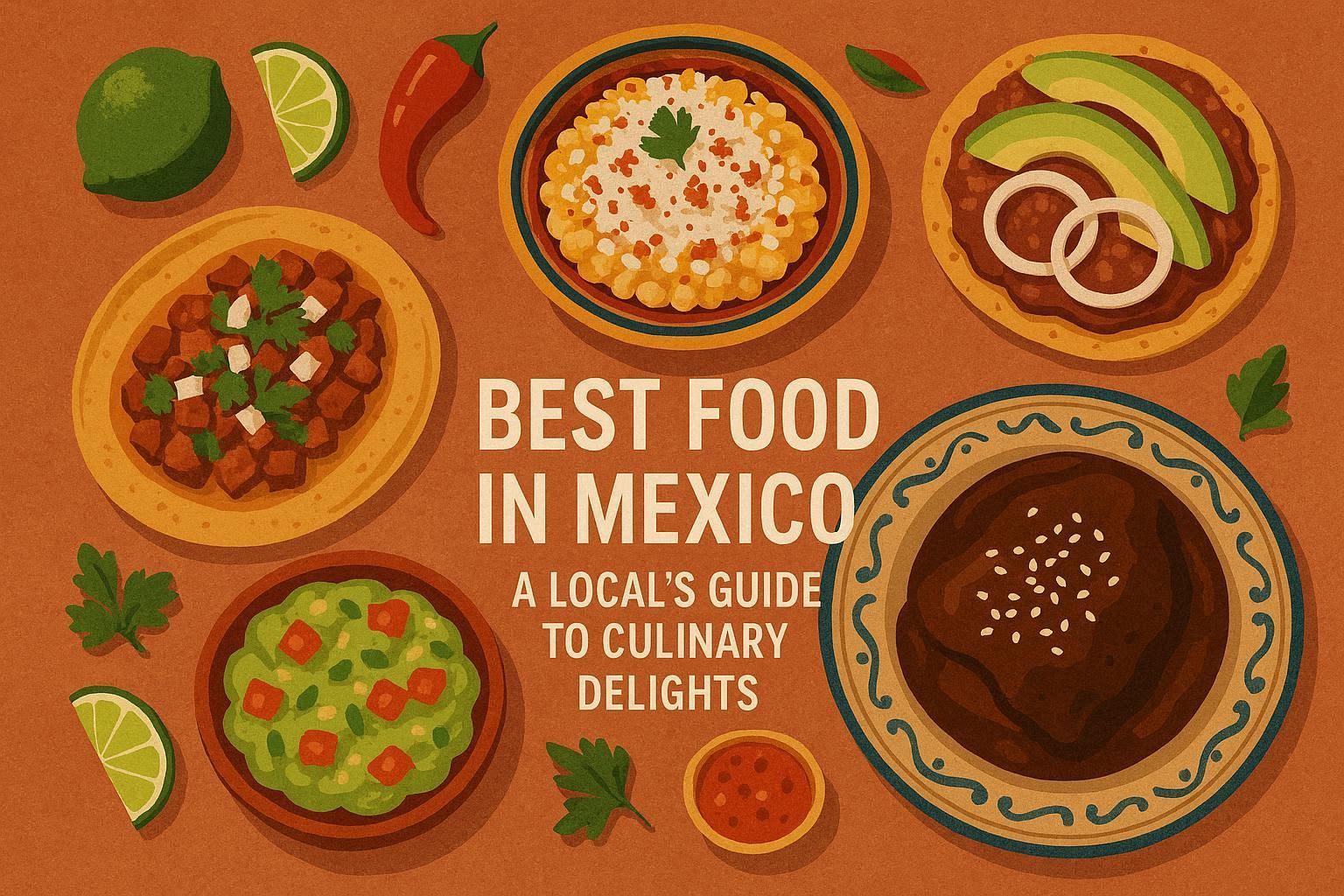Why Mexico is a Foodie's Dream: It's More Than Just Tacos
Look, when people think of Mexican food, they often picture tacos, and while I love a good taco (who doesn't?), Mexican cuisine is SO much more diverse than that! It's regional, it's historical, and it's constantly evolving.
I've traveled all over this country, and I've tasted everything from escamoles (ant larvae – surprisingly delicious!) to complex moles that take days to prepare. You'll find influences from indigenous cultures, Spanish colonizers, and even French and Lebanese immigrants.
The thing is, each region has its own specialties. What's considered 'typical' in Oaxaca is totally different from what you'd find in the Yucatan. That's what makes exploring Mexican food so exciting; there's always something new to discover! And trust me, you're tastebuds will thank you for it.
- Mexican cuisine is a UNESCO Intangible Cultural Heritage of Humanity.
- Ingredients vary greatly depending on the region, influenced by climate and indigenous traditions.
- Street food is a vital part of Mexican culinary culture – don't be afraid to try it!
- Many dishes are based on ancient recipes passed down through generations.
- The use of fresh, local ingredients is paramount to authentic Mexican flavor.
Oaxaca: A Mole Mecca and Culinary Powerhouse – My Personal Favorite
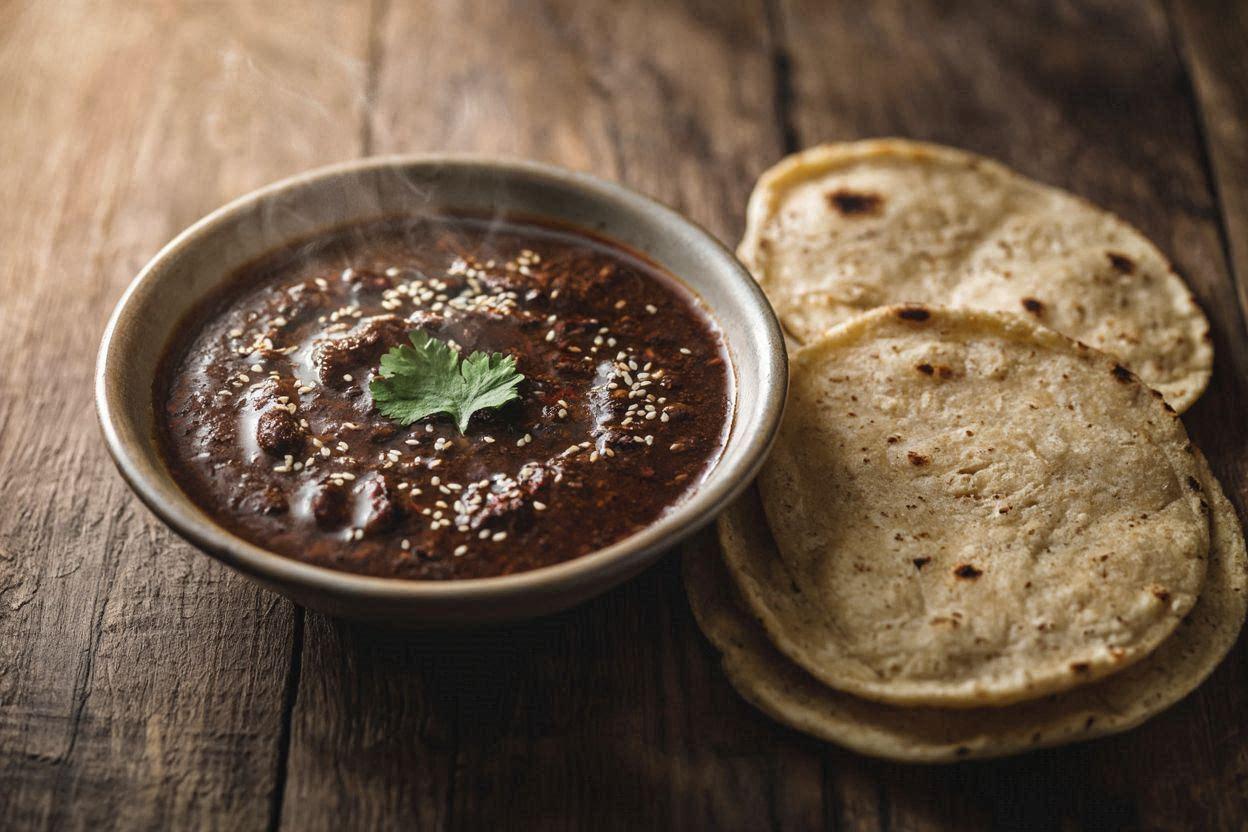
Oaxaca, for me, is the undisputed champion. It's a state that takes its food seriously. I mean, seriously seriously. You can't walk two blocks without stumbling across a family-run restaurant serving up some incredible dish you've never even heard of.
Now, when it comes to mole, Oaxaca is king. They have seven distinct types of mole, each with its own unique flavor profile. From the rich and smoky negro to the sweet and fruity coloradito, there's a mole for every palate. And I'm not just talking about restaurants; even the street food vendors sell amazing mole dishes.
But Oaxaca's not just about mole; it's also known for its tlayudas (giant, crispy tortillas topped with beans, cheese, and your choice of meat), chapulines (grasshoppers – another must-try!), and mezcal (Oaxaca's signature spirit). The food here is hearty, flavorful, and deeply rooted in tradition. The quality of life here is amazing, and that reflects in the food.
- Seven distinct types of mole are found in Oaxaca, each with unique ingredients and preparation methods.
- Tlayudas are a popular street food: large, crispy tortillas topped with various ingredients.
- Chapulines (grasshoppers) are a traditional Oaxacan snack, often seasoned with chili and lime.
- Mezcal production is a significant part of Oaxacan culture and economy.
- Oaxacan cuisine emphasizes the use of local, seasonal ingredients.
Puebla: Where Poblano Peppers Reign Supreme – Chiles en Nogada Perfection

Puebla is another city that's absolutely worth a visit for any serious foodie. It's known for its baroque architecture, its beautiful talavera pottery, and, of course, its chiles en nogada.
Chiles en nogada is a dish that embodies the spirit of Puebla. It's a poblano pepper stuffed with a mixture of fruits and meats, covered in a creamy walnut sauce, and garnished with pomegranate seeds. It's usually available around September during independence celebrations, and it's an absolute must-try.
But Puebla has more to offer than just chiles en nogada. You can't miss the mole poblano, which is different from the Oaxacan moles. It's richer, sweeter, and uses chocolate. And let's not forget the cemitas, which are like massive, overstuffed sandwiches on sesame-seed rolls. What I've noticed is that while not cheap, food prices are consistent with the quality, and you'll feel like you got your money's worth.
- Chiles en nogada is a seasonal dish typically available in August and September.
- Mole poblano is a rich, chocolate-infused sauce originating from Puebla.
- Cemitas are large, overstuffed sandwiches served on sesame-seed rolls.
- Puebla is known for its talavera pottery, often used to serve traditional dishes.
- The city's baroque architecture adds to the overall cultural experience.
Average cost of Chiles en Nogada (seasonal)
250-400 MXN
Average cost of Mole Poblano entree
150-300 MXN
Mexico City: A Cosmopolitan Culinary Melting Pot – From Street Food to Fine Dining
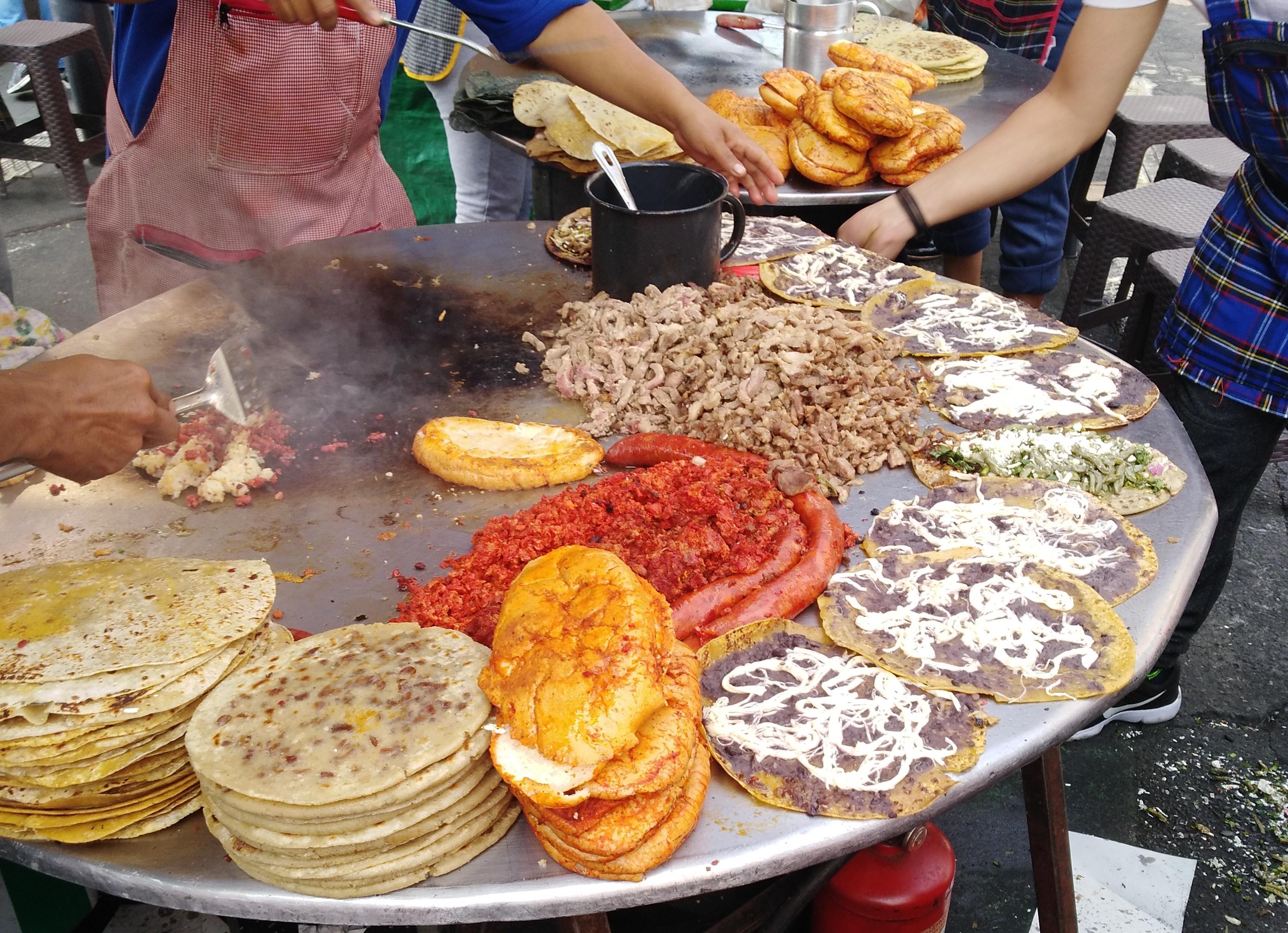
Mexico City, the capital, is a different beast altogether. It's a massive, sprawling metropolis with a culinary scene that reflects its size and diversity. You can find everything here, from the most humble street tacos to Michelin-starred restaurants.
What I love about Mexico City is that it's constantly pushing boundaries. Chefs are experimenting with new techniques and ingredients while still honoring traditional flavors. You might find a taco stand serving up innovative fillings or a high-end restaurant reimagining classic dishes.
Now, street food in Mexico City is an institution. You've got to try the tacos al pastor (marinated pork cooked on a vertical spit), the esquites (corn kernels with mayonnaise, cheese, and chili powder), and the elotes (grilled corn on the cob). And don't be afraid to venture into the mercados (markets); they're a treasure trove of culinary delights. But here's the thing: prices can vary wildly. You'll find cheap eats, but you'll also find restaurants that cost as much as anywhere in the world.
- Mexico City boasts a diverse culinary scene, from street food to fine dining.
- Tacos al pastor are a must-try street food: marinated pork cooked on a vertical spit.
- Esquites and elotes are popular corn-based snacks, often seasoned with chili and lime.
- Mercados (markets) offer a wide variety of local ingredients and prepared dishes.
- The city's culinary scene is constantly evolving, with chefs experimenting with new techniques.
Average cost of Tacos al Pastor (per taco)
15-25 MXN
Average cost of Fine Dining Meal (per person)
800-2000+ MXN
Yucatan: A Taste of the Mayan World – Cochinita Pibil and More
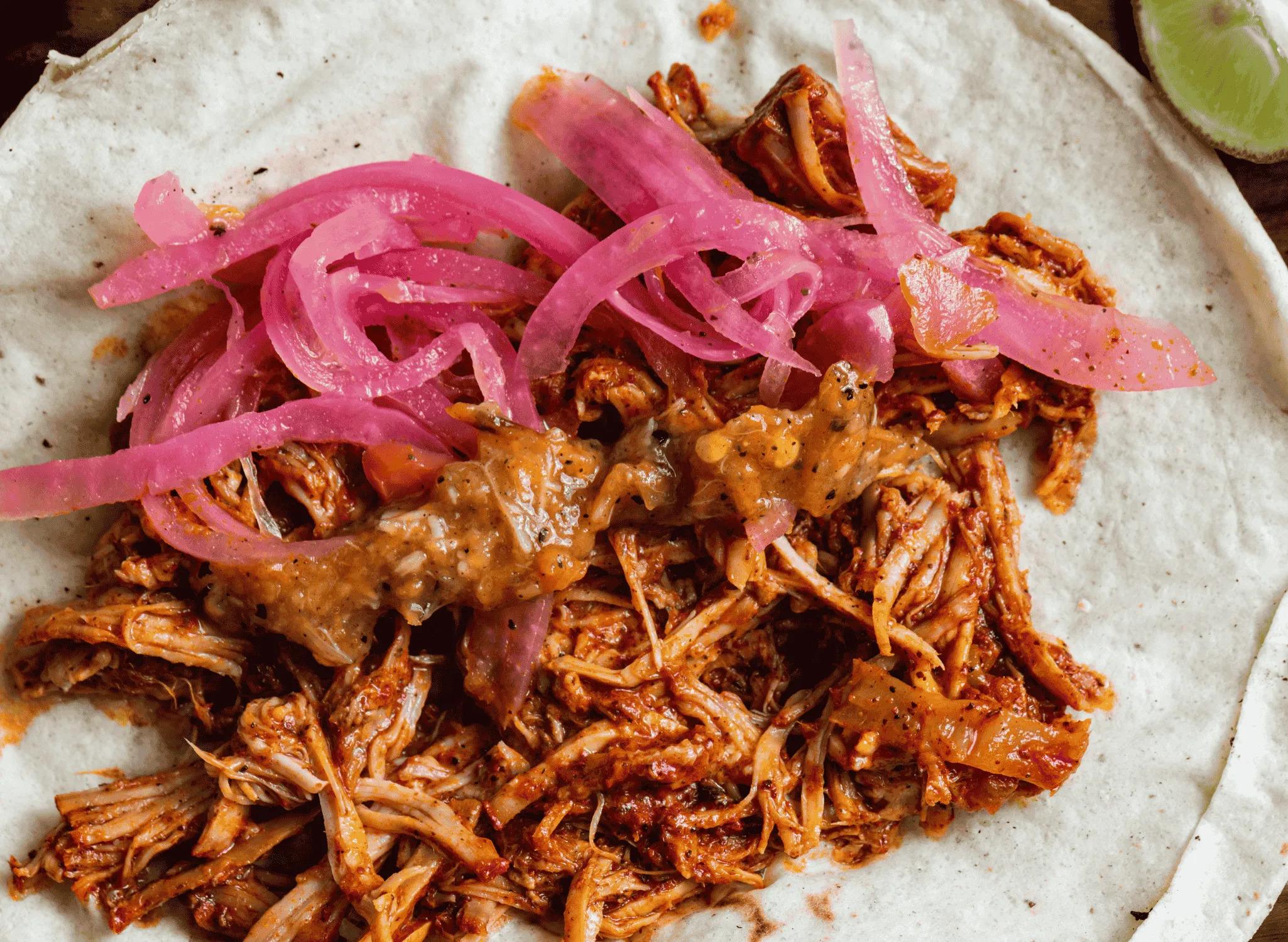
The Yucatan Peninsula offers a completely different culinary experience. It's a region steeped in Mayan history and culture, and its food reflects that. You'll find dishes that are unlike anything else in Mexico.
Cochinita pibil is the star of Yucatecan cuisine. It's slow-roasted pork marinated in achiote paste, which gives it a vibrant red color and a unique flavor. It's traditionally cooked in a pit oven, which imparts a smoky aroma. Trust me, you haven't lived until you've tried cochinita pibil.
But the Yucatan has more to offer than just cochinita pibil. You should also try sopa de lima (lime soup), papadzules (egg tacos in pumpkin seed sauce), and marquesitas (crispy crepes filled with cheese and cajeta – a type of caramel). And don't forget the habanero peppers; they're a staple of Yucatecan cuisine! I always tell clients that the lifestyle here is very relaxed, and you can experience some of the world's best beaches, and that makes up for slightly higher food prices.
- Cochinita pibil is slow-roasted pork marinated in achiote paste.
- Sopa de lima is a refreshing lime soup, often served with shredded chicken or turkey.
- Papadzules are egg tacos in pumpkin seed sauce, a traditional Mayan dish.
- Marquesitas are crispy crepes filled with cheese and cajeta (caramel).
- Habanero peppers are a staple of Yucatecan cuisine, adding heat and flavor.
Average cost of Cochinita Pibil (per plate)
120-250 MXN
Average cost of Sopa de Lima (per bowl)
80-150 MXN
Beyond the Big Cities: Hidden Culinary Gems to Discover
While Oaxaca, Puebla, Mexico City, and the Yucatan get most of the attention, there are tons of other places in Mexico with amazing food. Don't be afraid to venture off the beaten path and explore some of the smaller cities and towns.
For example, Guadalajara is known for its birria (a spicy goat stew) and its tortas ahogadas (sandwiches drowned in chili sauce). San Miguel de Allende has a surprisingly sophisticated culinary scene, with chefs from all over the world opening restaurants there. And Puerto Vallarta offers some of the best seafood in the country.
I've found that in smaller towns, you'll often find the most authentic and traditional food. The prices are usually lower, and the ingredients are often fresher. Plus, you'll have a chance to experience a more authentic side of Mexican culture. So, don't just stick to the tourist hotspots; get out there and explore! Just be sure to check travel Mexico resources for safety tips.
- Guadalajara is known for its birria (spicy goat stew) and tortas ahogadas (drowned sandwiches).
- San Miguel de Allende boasts a surprisingly sophisticated culinary scene.
- Puerto Vallarta offers some of the best seafood in Mexico.
- Smaller towns often offer more authentic and traditional food experiences.
- Venture off the beaten path to discover hidden culinary gems.
Understanding Food Prices in Mexico: What to Expect and How to Save
Now, let's talk about food prices. I always tell clients that overall, Mexico is pretty affordable compared to the US or Europe, especially when it comes to food. But prices can vary depending on where you are and what you're eating.
Street food is generally the cheapest option. You can get a delicious taco for as little as 15 pesos (less than a dollar). Mid-range restaurants will typically cost you between 100 and 300 pesos per person. And high-end restaurants can easily cost 500 pesos or more.
The thing is, you don't have to spend a fortune to eat well in Mexico. I've found that one thing you can do is eat like a local. Shop at the mercados, try the street food, and look for smaller, family-run restaurants. You'll not only save money but also have a more authentic culinary experience. The best places are often hidden gems.
And here's a tip: always ask the locals for recommendations. They know where the best (and cheapest) food is. Don't be afraid to try new things; that's part of the fun of exploring Mexican cuisine!
- Street food is generally the most affordable option, with tacos costing as little as 15 pesos.
- Mid-range restaurants typically cost between 100 and 300 pesos per person.
- High-end restaurants can easily cost 500 pesos or more per person.
- Shop at mercados and try street food for a more affordable and authentic experience.
- Ask locals for recommendations on the best places to eat.
Average cost of Street Taco
15-25 MXN
Average cost of Mid-Range Restaurant Meal
100-300 MXN
Average cost of Fine Dining Meal
500+ MXN
Food and Quality of Life: Why Culinary Delights Enhance the Mexican Lifestyle
I've noticed that food isn't just sustenance in Mexico; it's a central part of the culture. It's about family, friends, and community. Meals are often long, leisurely affairs, where people gather to share stories and enjoy each other's company.
The thing is, the emphasis on fresh, local ingredients also contributes to a healthier lifestyle. You'll find tons of fresh fruits, vegetables, and seafood available at the mercados. And many traditional dishes are packed with nutrients.
But here's what's interesting: food is a source of pride for Mexicans. People take great care in preparing and presenting their dishes. It's an art form. And that pride translates into a higher quality of life. It's about savoring the moment, enjoying the simple pleasures, and appreciating the bounty of the land. Honestly, it's one of the reasons I love living here.
- Food is a central part of Mexican culture, emphasizing family and community.
- Fresh, local ingredients contribute to a healthier lifestyle.
- Mexicans take great pride in preparing and presenting their dishes.
- Meals are often long, leisurely affairs, fostering social connections.
- Food is a source of cultural identity and pride in Mexico.
Tips for Foodies Traveling in Mexico: Staying Safe and Eating Well
Okay, so you're ready to embark on your Mexican culinary adventure? That's great! But here are a few tips to help you stay safe and eat well along the way. I can't stress this enough: do your research!
First, be mindful of where you're eating. Look for places that are clean and well-maintained. If a place looks sketchy, it probably is. Avoid eating at places that have flies buzzing around or that don't seem to be following basic hygiene practices.
Second, drink bottled water. Don't drink tap water unless you know it's safe. And be careful with ice; make sure it's made from purified water. I've seen so many travelers get sick from drinking contaminated water.
Third, be cautious with raw foods, especially seafood. Make sure it's fresh and properly prepared. And if you have any allergies, be sure to communicate them clearly to the restaurant staff. Here's what I know: most places are accommodating to dietary needs if you communicate them properly. Now, if you're concerned, you can check travel Mexico safety websites, but I've found most places are very safe if you exercise common sense.
Finally, don't be afraid to try new things! But start small. Don't order a huge plate of something you've never had before. Sample a little bit first to see if you like it. And remember, the best culinary experiences often come from unexpected places.
- Choose clean and well-maintained restaurants and food stalls.
- Drink bottled water and avoid tap water unless you know it's safe.
- Be cautious with raw foods, especially seafood.
- Communicate any allergies or dietary restrictions to the restaurant staff.
- Try new things, but start small and sample before ordering a large portion.
Frequently asked questions
Related Articles
Continue reading with these related guides
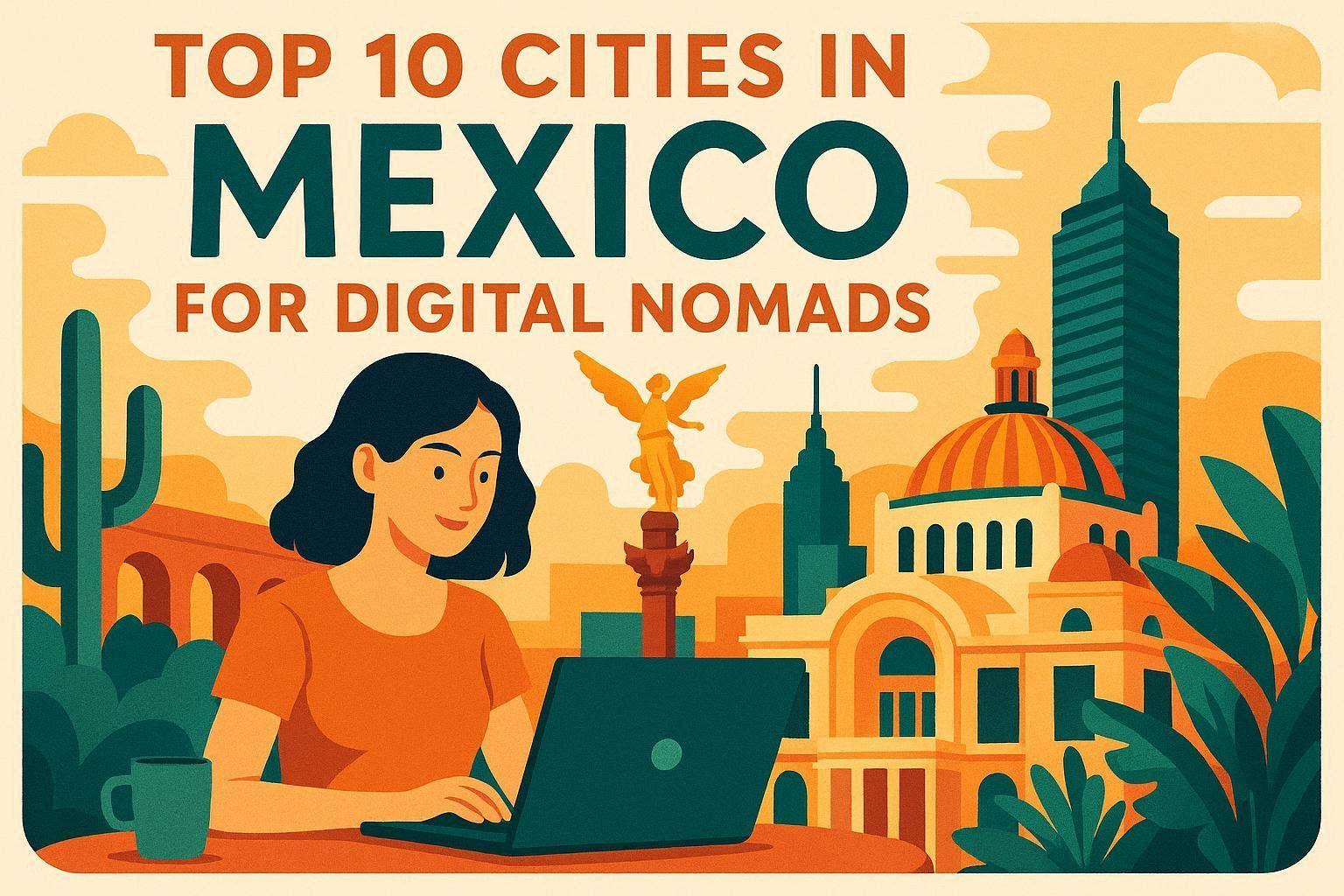
Top 10 Cities in Mexico for Digital Nomads
Mexico's calling! I'll help you find the perfect city for your digital nomad adventure.
Read more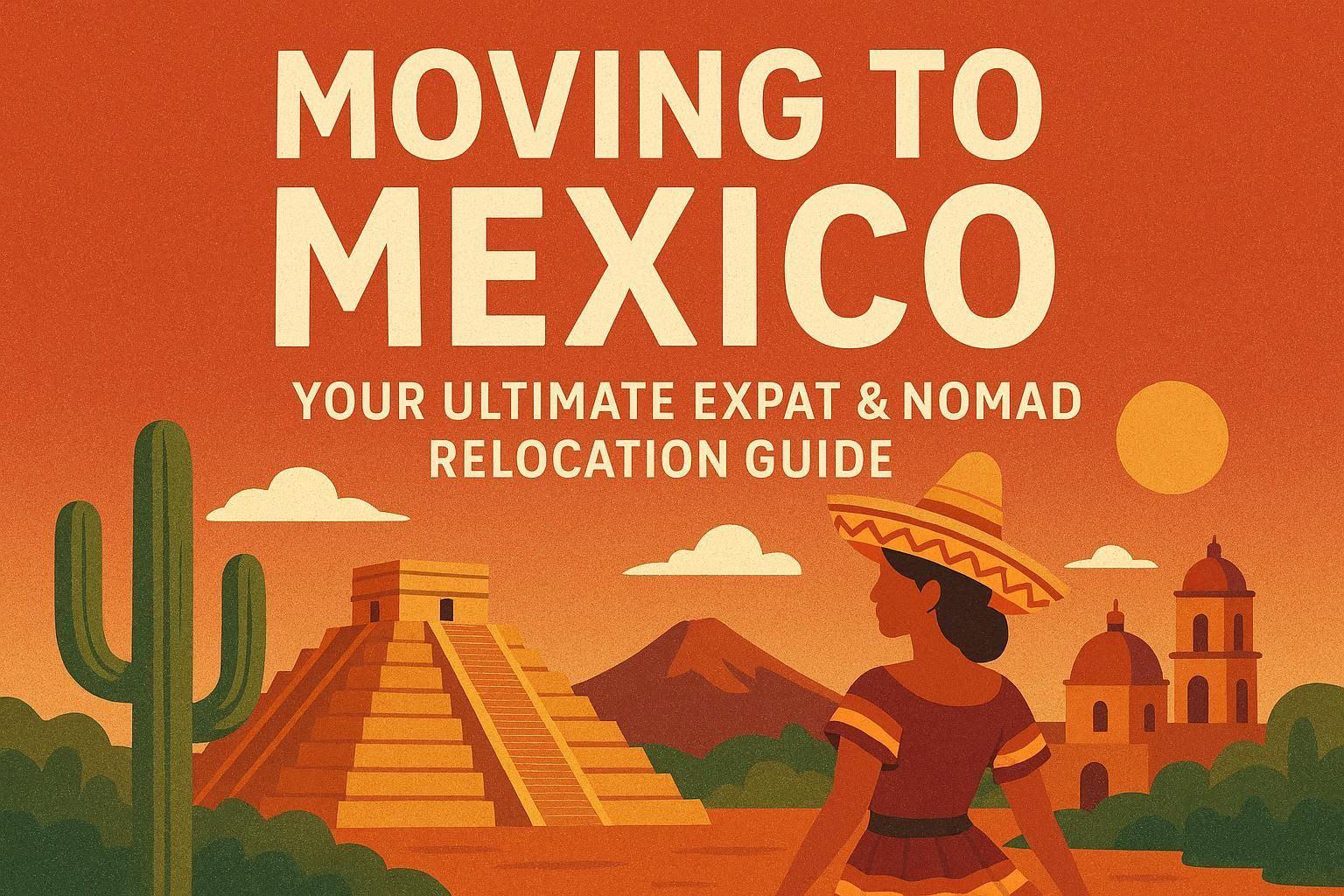
Moving to Mexico: Your Ultimate Expat & Nomad Relocation Guide
Ready to move to Mexico? I'll show you how to make your relocation dreams a reality.
Read more
A Foreigner's Complete Guide to Buying Property in Mexico
Buying property in Mexico as a foreigner can be straightforward with the right information.
Read more